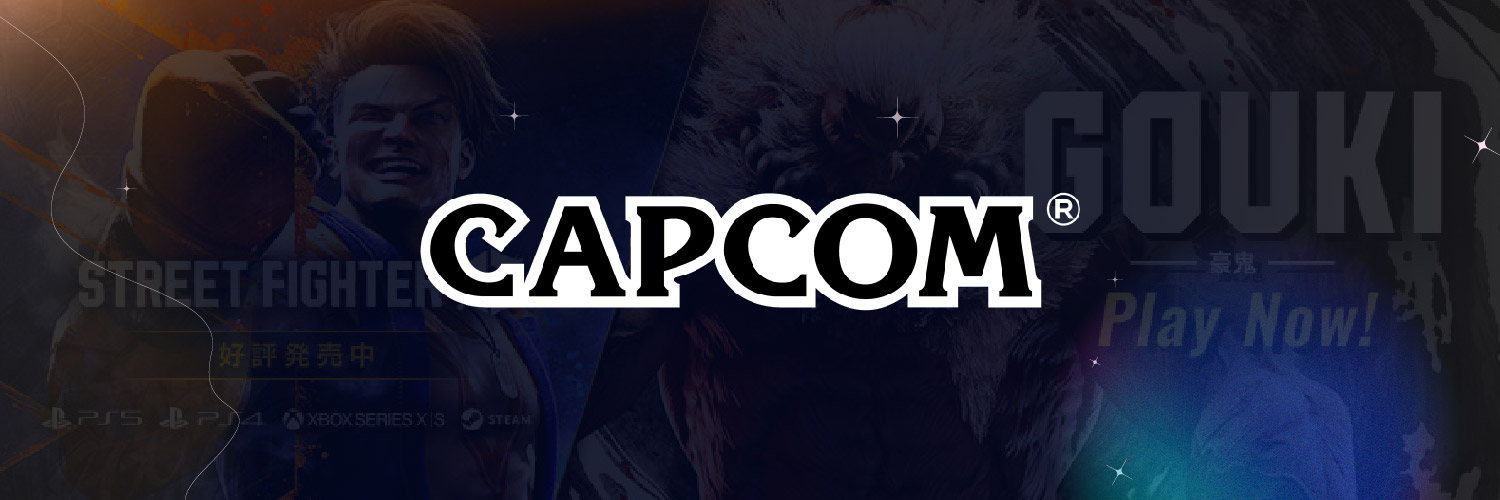The gaming industry is undergoing an AI revolution. From crafting personalized experiences to automating tedious tasks, AI empowers developers to create more engaging and immersive games than ever before. What marks the beginning of this revolution? The strategic application of AI tools that elevate game development. This guide explores the top AI tools and use cases that can take your game development to the next level.
AI: Your Secret Weapon for Engaging Players
Imagine a game that adapts to your skill level, presents unique challenges, and remembers your preferences. That’s the power of AI-driven personalization. AI tailors game difficulty, rewards, and content to individual players, keeping them hooked and coming back for more.
AI-driven personalization can deliver several key benefits:
- Dynamic Difficulty Adjustment (DDA): AI algorithms analyze a player’s performance and adjust the game’s difficulty on the fly. This ensures that the game remains challenging yet enjoyable, catering to both novices and veterans.
- Personalized Content: AI can recommend or generate content based on a player’s interests and past behaviors. Whether it’s a specific quest, an item, or a gameplay event, personalization keeps the player engaged.
- Behavioral Targeting: AI can analyze player behavior to offer rewards or incentives tailored to individual players, increasing engagement and retention rates.
Building Worlds, Not Spreadsheets: Unleash AI for Content Creation
Procedural content generation (PCG) is an AI superpower that automates the creation of game elements like textures, environments, and storylines. This liberates developers from repetitive tasks, allowing them to focus on the creative aspects of game design. Imagine churning out diverse landscapes or generating unique side quests — all powered by AI.
- Procedural World Generation: Tools like Houdini help developers create expansive and diverse game worlds using procedural techniques. AI can generate complex terrains, flora, and even urban landscapes, all while adhering to the game’s artistic vision.
- Automated Storytelling: AI algorithms can stitch together narrative fragments to create cohesive storylines. This can be particularly useful for open-world games where dynamic and emergent storytelling enhances player immersion.
Intelligent Enemies? It’s No Longer Science Fiction
AI breathes life into NPCs, transforming them from predictable bots into strategic opponents or trusty companions. Tools like Unity’s ML-Agents provide machine learning frameworks that integrate seamlessly with game engines, making it easier than ever to create intelligent and dynamic in-game characters.
- Adaptive AI Enemies: NPCs can learn and adapt to player strategies, making encounters more unpredictable and exciting. Enemies that learn from their mistakes and evolve their tactics keep players on their toes.
- Smart Companions: Companions guided by AI can assist players more effectively, react dynamically to the environment, and contribute meaningfully to the gameplay experience. This adds depth to the narrative and enriches player interactions.
Testing Made Easy: Let AI Handle the Grunt Work
Game testing, often a tedious and time-consuming process, can be revolutionized by AI. AI automates regression testing, uncovering bugs and glitches at scale, freeing up your team to focus on polishing the game and ensuring a smooth launch.
- Automated Playtesting: AI agents can simulate millions of gameplay scenarios to uncover unexpected bugs and balance issues. Tools like Unity’s Test Framework enable developers to conduct large-scale automated testing efficiently.
- Behavior Analysis: AI can analyze player behavior during testing phases to identify potential pain points and areas needing improvement. This ensures a better user experience upon release.
Unveiling the Player: The Power of Player Behavior Analytics (PBA)
AI analyzes player data to understand their preferences and engagement levels. This goldmine of insights helps personalize experiences and inform marketing strategies. By understanding how players interact with your game, you can tailor content and mechanics to keep them engaged.
- Predictive Analytics: AI can forecast player churn rates, predict the success of in-game events, and identify high-value players. This allows for targeted interventions to improve player retention and monetization.
- Segmentation: AI-driven segmentation of your player base helps in delivering personalized marketing campaigns that resonate with different player demographics.
Key Use Cases for AI Developers
- NPCs with a Mind of Their Own: Develop AI-controlled characters that behave realistically and adapt to player interactions. This can breathe life into your game world and keep players engaged.
- Predicting Player Satisfaction: Use AI to model player experiences and predict their reactions. Ensure players are neither bored nor frustrated by dynamically adjusting difficulty based on their skill level.
- Balanced Multiplayer Games: AI can dynamically adjust difficulty and capabilities for fair and competitive online experiences. No more lopsided matches where newbies get steamrolled by veterans.
- Uncover Hidden Bugs Before Launch: AI-powered testing simulates massive amounts of gameplay to identify bugs and optimize mechanics. This ensures a smooth launch and a positive player experience.
- Identify Your High-Value Players: Leverage AI to predict future player behavior and identify high-potential individuals. This empowers targeted marketing and retention strategies to keep your most valuable players engaged.
Your AI Development Toolkit
While the world of AI can seem complex, there are tools readily available to simplify the process:
- TiDB Serverless: This distributed SQL database is your powerhouse for real-time player data processing and analysis. It’s the foundation for personalized experiences and data-driven insights. The beauty? Its elastic scalability ensures smooth performance, even with fluctuating player traffic.
- Hugging Face: Craft natural language interactions for chatbots and NPCs with this platform. Imagine immersive in-game conversations that feel natural and engaging.
- Unity ML-Agents: Train AI agents through reinforcement learning to optimize game testing and balancing. These “digital players” can learn and adapt to complex game environments, uncovering hidden issues and streamlining development.
- Unity Barracuda: Integrate AI features directly into your Unity game engine. Develop smarter enemies, more efficient pathfinding, and other features that enhance gameplay.
- DeepMind Lab: Leverage a suite of AI research tools to train and evaluate reinforcement learning algorithms. This empowers the creation of intelligent game AI that adapts to player behavior and in-game scenarios.
Beyond the Code: Start Small and Scale Smart
While building a robust AI infrastructure is crucial, there’s no need to go overboard at the start. Serverless technology offers a cost-effective and scalable solution for starting your AI journey.
Serverless services eliminate the need to manage and maintain servers, freeing up your resources for development. You only pay for the resources you use, making it a perfect solution for startups and smaller studios.
Start with TiDB Serverless
TiDB Serverless is an ideal choice for game developers looking to employ AI. It is a fully managed, elastic, and cost-effective database solution designed to handle the rigors of game data processing. Some key benefits of using TiDB Serverless include:
- Elastic Scalability: Effortlessly scale your database infrastructure to handle player data from a handful to millions, without downtime. TiDB Serverless automatically adjusts resources based on traffic.
- Cost-Effective: Pay only for the database resources you use. This is particularly beneficial for indie developers and startups that need to manage their budget tightly.
- Robust Performance: With distributed architecture, TiDB Serverless ensures high availability and low latency for player data processing, enabling real-time analytics and personalization.
Embrace the Future, Craft the Unforgettable
AI is revolutionizing game development. By leveraging these tools, you can create games that are not only visually stunning but also deeply engaging and personalized for each player. So, take the leap, embrace the power of AI, and watch your games reach new heights – without breaking the bank!
Start integrating AI into your game development today and step into the future of gaming.
The gaming industry is in the midst of an AI revolution. From crafting personalized experiences to automating tedious tasks, AI empowers developers to create more engaging and immersive games than ever before. But where do you even begin? This guide explores the top AI tools and use cases that can take your game development to the next level.
Start from TiDB Serverless


